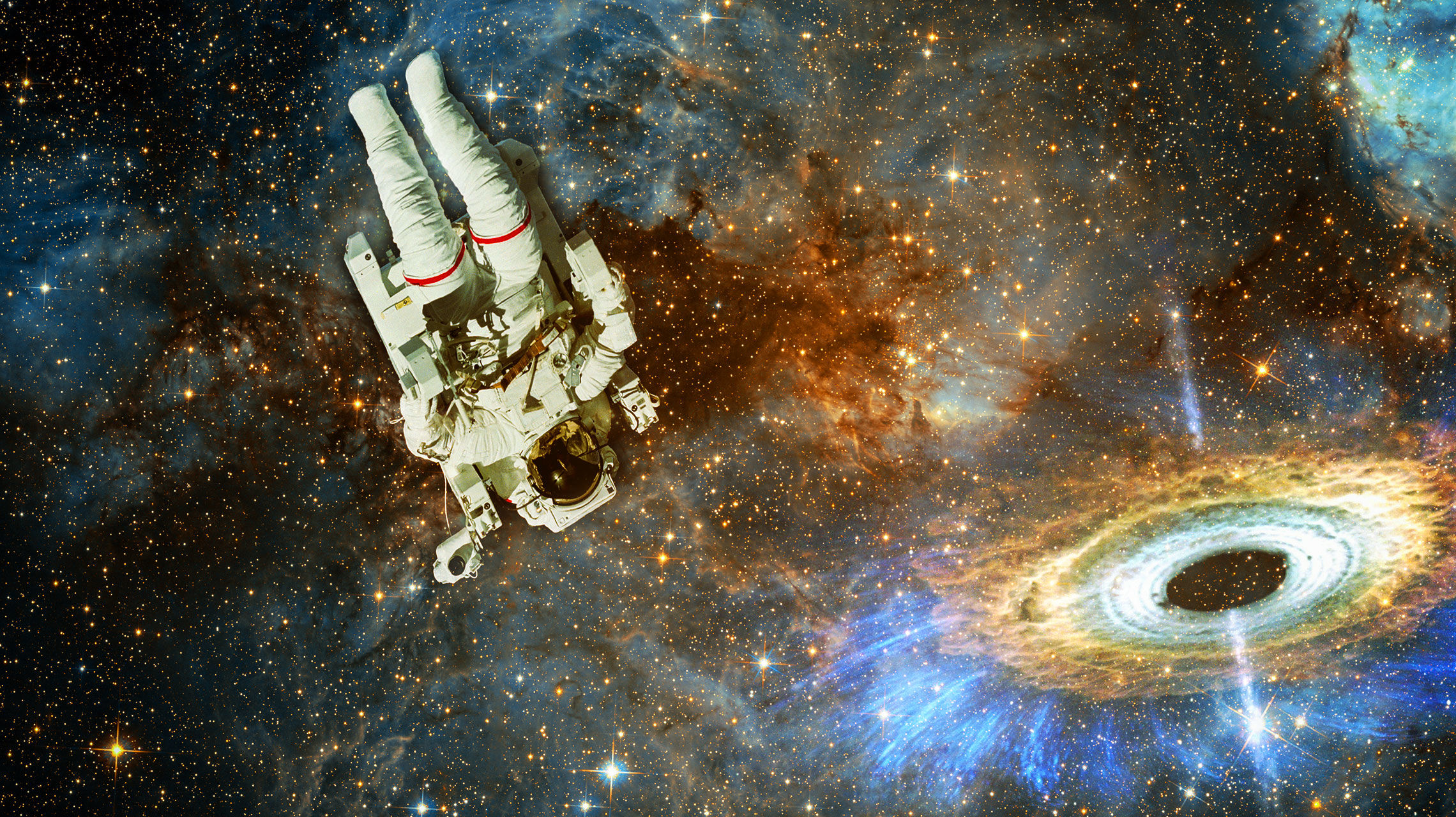Create a free profile to get unlimited access to exclusive videos, sweepstakes, and more!
Desktop Project Part 17: Sculpting Martian dunes

[I have a lot of astronomy pictures I've saved to my computer's desktop, so I've pledged to post one every day in an attempt to regain control of my machine. I call this my Desktop Project.]
Mars is a pretty interesting place. A lot of the surface is covered in dust and sand, and while the air there is very thin, it can move with terrific speed. That gives it enough momentum to push that solid material around. The small-grained dust is far easier to pick up and get blown around by that wind, and we see lots of clear (and gorgeous) evidence of that in pictures from Mars. But the bigger, heavier basaltic sand is harder to move. Until recently there was no evidence of bulk dune motion at all on Mars*!
But the fantastic HiRISE camera on board the Mars Reconnaissance Orbiter has found that evidence: the motion of a Martian sand dune that took nearly two years to see:
[Click to barsoomenate.]
The animation shows the barchan (horseshoe-shaped) dune on June 25, 2008 and May 21, 2010. During that time, the sand was blown a few meters, and you can see the difference. It's most obvious in the crescent-shaped part, but if you look closely (especially at the embiggened picture) you'll see the rippling has moved as well, sculpted by the moving Martian air.
This fantastic image brings home (so to speak) an important point. There are, broadly speaking, two kinds of planetary missions: ones that fly past their target, like when New Horizons will blow past Pluto in 2015; and ones that go to their destination and stay. Flybys give us a great opportunity to see other worlds, and aren't as expensive -- you don't need to bring all that fuel to slow down (like Cassini did) or pack parachutes and a lander. But as great and important as they are, we only get a fleeting glimpse of the target.
But when we go to stay, we get a long, long view. Long enough, in most cases, to see change. Mars is a dynamic, ever-evolving planet. And sometimes that change is slow, so we need the time to see it. And when we do, we see dust devils, landslides, meteorite impacts, and the march of dunes across the Red Planet's surface.
It's more expensive, and it's harder, but it's worth it to go someplace and settle in. Otherwise, you might miss something really cool.
*There's evidence that the ripples on dunes have moved, but not that the dunes themselves have been moving as wind pushes them.
Image credit: Image credit: NASA/JPL-Caltech/Univ. of Ariz./JHUAPL
Related Posts:
- Between the Devil and the deep Red Planet
- Frosty blue dunes on Mars
- Spectacular sand pit found on Mars!
- Martian dunes under the microscope



























